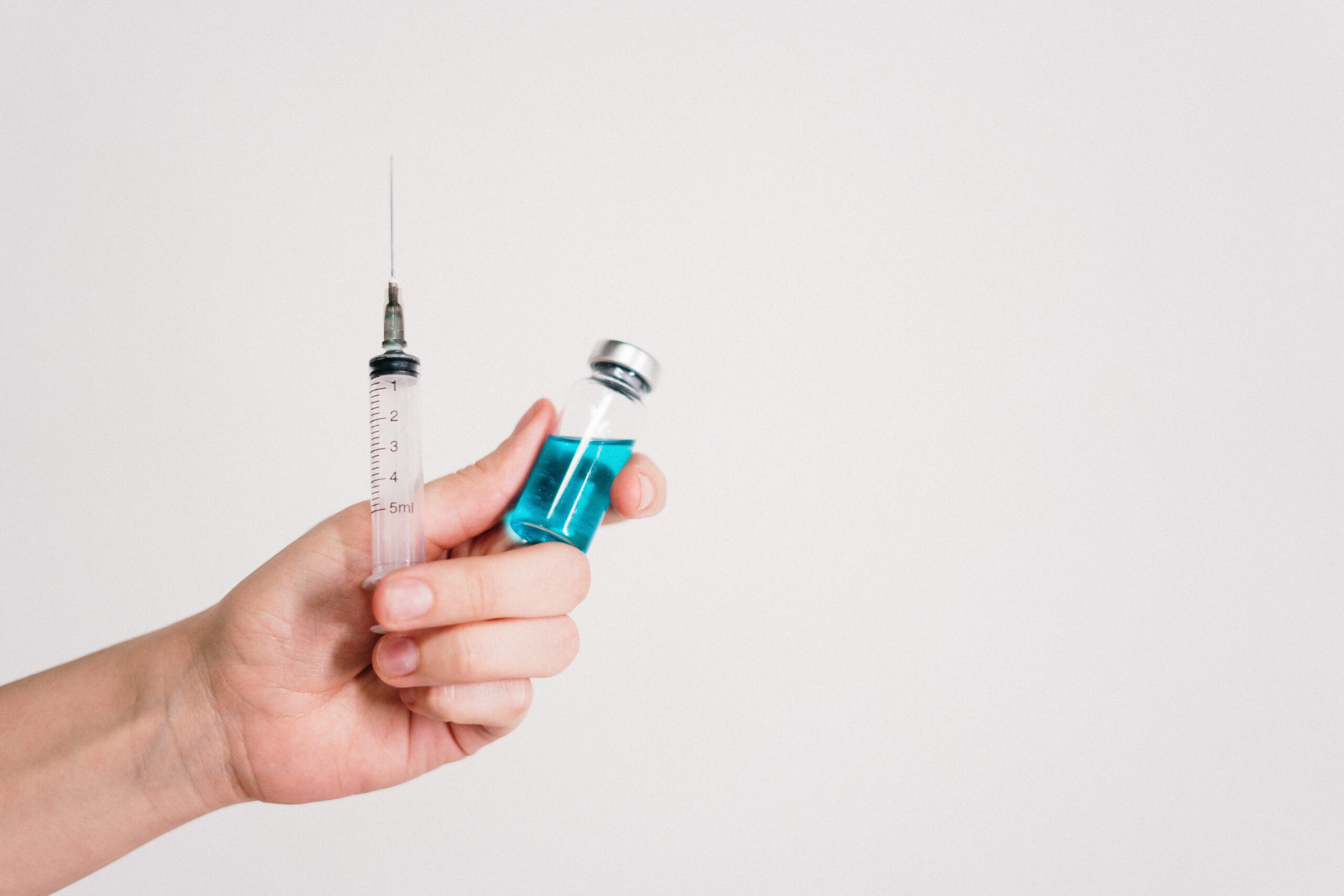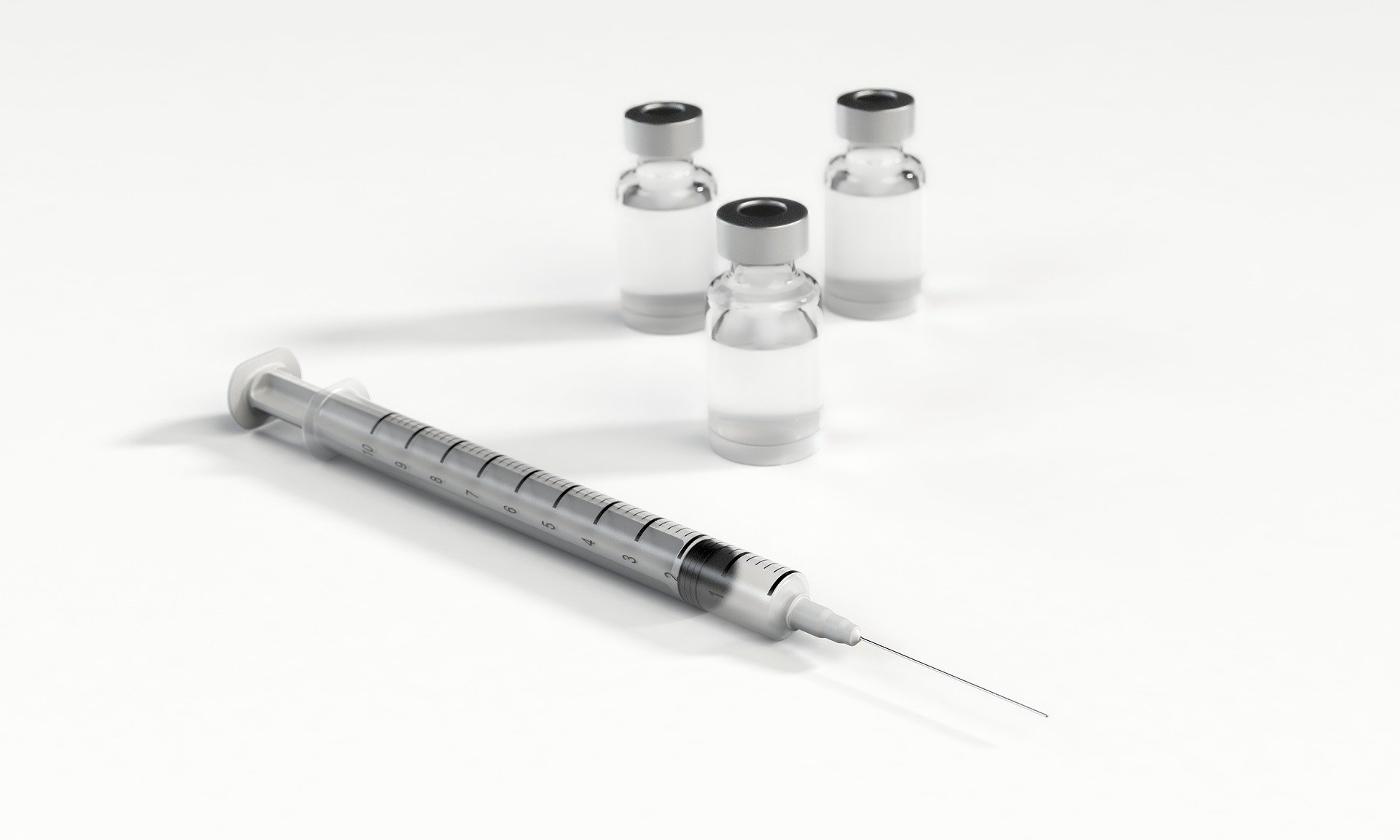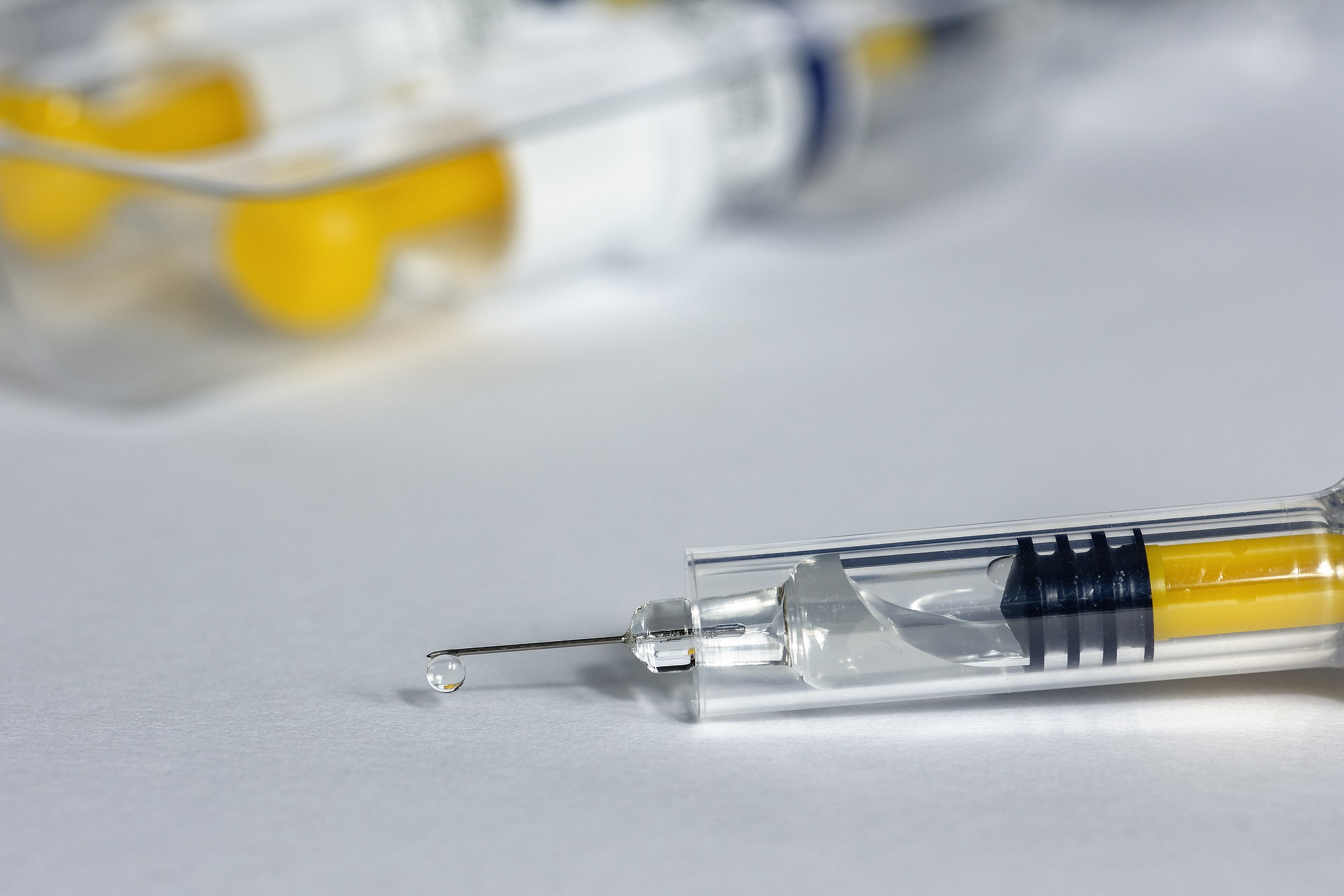Moderna, one of the front runners in the race for a COVID-19 vaccine, released results from a Phase I trial for its candidate vaccine this week, showing that it can successfully induce production of neutralizing antibodies against the virus. The results were published in the New England Journal of Medicine.
In addition to eliciting an immune response, the vaccine demonstrated a good safety profile in a cohort of 45 healthy participants between the ages of 18 and 55 in the early stage trial.
The study was led by the National Institute of Allergy and Infectious Diseases (NIAID), which is a part of the National Institutes of Health (NIH).
Related: Pfizer and BioNTech’s COVID-19 Vaccine Shows Positive Early Trial Results
The trial found that after two vaccinations, the mRNA-based vaccine (mRNA-1273) elicited robust neutralizing antibody titers against the full-length SARS-CoV-2 viral Spike protein (S).
The open-label Phase I study evaluated a two-dose vaccination schedule administered 28 days apart, and involved three doses of the vaccine: 25, 100, 250 µg. The latest interim data confirms results from the first interim assessment back in May, which showed that mRNA-1273 induces a rapid and strong immune response against SARS-CoV-2.
Neutralizing Activity
While after one dose, antibodies that could bind to the virus were generated in all of the participants by day 15, antibodies capable of neutralizing the virus were not produced until after the second dose at day 43. Moderna reported that dose-dependent increases in binding titers were seen across the three dose levels, and between prime and boost vaccinations within the dose cohorts, although minimal additional increases were observed at the 250 µg dose.
Moderna explained that neutralizing activity was assessed in two different assays: a live SARS-CoV-2 plaque-reduction neutralization test (PRNT) and a pseudovirus neutralization assay (pseudotyped lentivirus reporter single-round-of-infection neutralization assay, PsVNA). No participants had detectable live SARS-CoV-2 virus neutralization or PsVNA responses prior to vaccination, said Moderna in a press statement.
After two vaccinations, geometric mean titers were higher than those in convalescent sera from 38 individuals with a confirmed COVID-19 diagnosis. At the 100 µg dose, the geometric mean titer levels were 2.1 and 4.1-fold greater at day 57, as per the PRNT and PsVNA assays, respectively, than those seen in reference convalescent sera. Strong correlations were observed between the binding and neutralization assays, and between the live virus and pseudovirus neutralization assays.
“These Phase I data demonstrate that vaccination with mRNA-1273 elicits a robust immune response across all dose levels and clearly support the choice of 100 µg in a prime and boost regimen as the optimal dose for the Phase III study,” said Tal Zaks, chief medical officer of Moderna in a press release from the company. “We look forward to beginning our Phase III study of mRNA-1273 this month to demonstrate our vaccine’s ability to significantly reduce the risk of COVID-19 disease.”
T-cell responses were also evaluated at the 25 µg and 100 µg dosages with results showing that mRNA-1273 primarily induced Th1-biased CD4 T-cell responses with no significant impact on Th2-biased CD4 T-cell responses.
While no serious adverse events were reported overall over the 57-day period evaluated, more than half of the participants who received the middle (100 µg) of the three doses experienced mild to moderate fatigue, chills, headache and muscle pain, with 40 percent having reported fever after the second vaccination. Three of the 14 patients given the highest dose experienced severe side effects and as such, that dose is not being tested in subsequent trials. The middle dose has been selected for the large final-stage study that is set to begin on July 27.
The final-stage Phase III trial will compare the vaccine to a placebo in 30,000 healthy individuals who are at high risk of being infected with COVID-19.
“The Moderna team continues to focus on starting our Phase III study this month and, if successful, filing a BLA,” said Stéphane Bancel, chief executive officer of Moderna. “We are committed to advancing the clinical development of mRNA-1273 as quickly and safely as possible while investing to scale up manufacturing so that we can help address this global health emergency.”
Moderna has manufactured enough vaccine to begin the Phase III study. Through its manufacturing site and strategic collaboration with Lonza, the company remains on track to be able to deliver approximately 500 million doses of the vaccine per year, and up to 1 billion doses per year beginning in 2021.
Moderna also recently announced collaborations with Catalent and ROVI for large-scale, commercial fill-finish manufacturing of mRNA-1273 at their facilities in Indiana and Spain, respectively, for distribution to both domestic and international markets.
With the announcement, Moderna’s shares rose by more than 15 percent in after-hours trading on Tuesday, and has almost quadrupled overall this year.
The US federal government is supporting Moderna’s vaccine through its ‘Operation Warp Speed’ COVID-19 vaccine program. It has granted almost half a billion dollars in funding for its development and has chosen it as one of the first to enter large-scale human trials. A successful vaccine would be a pivotal milestone for the Massachusetts-based biotech company, as it would be its first licensed product.











Join or login to leave a comment
JOIN LOGIN